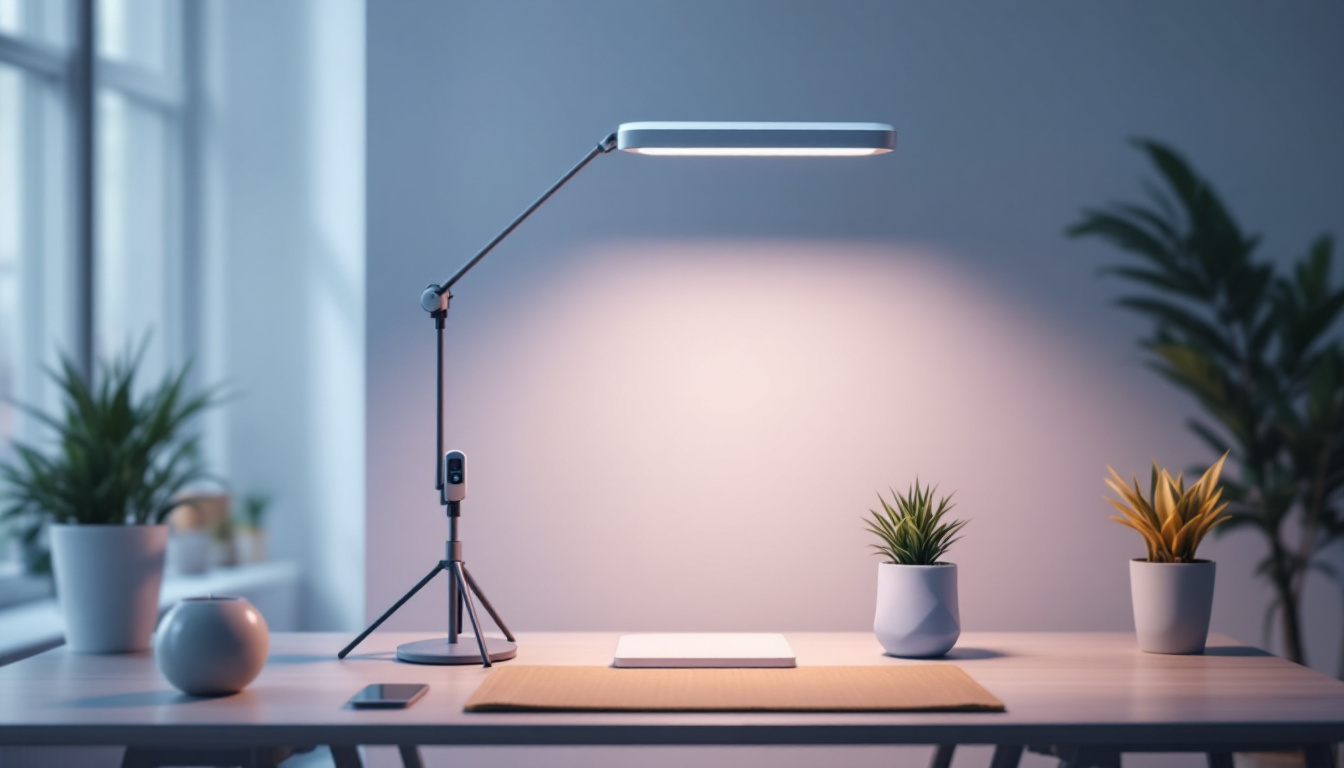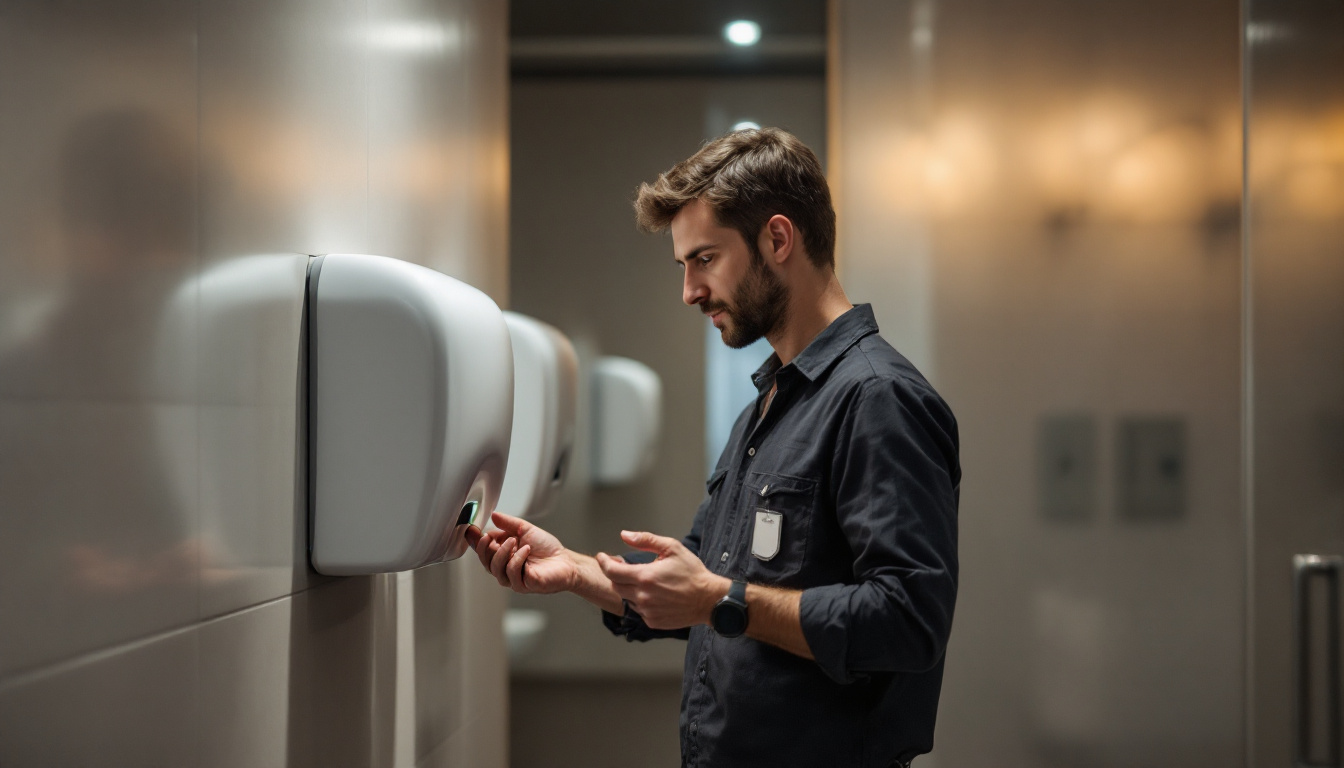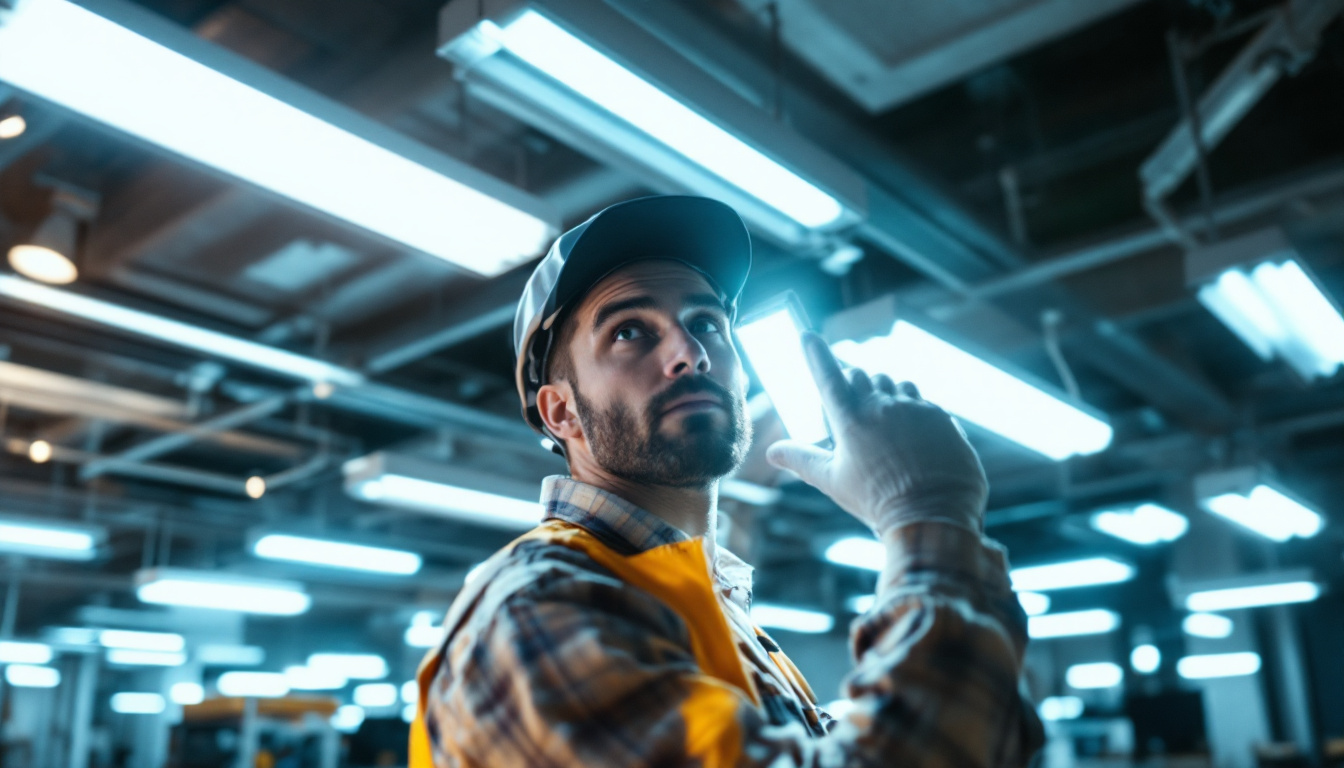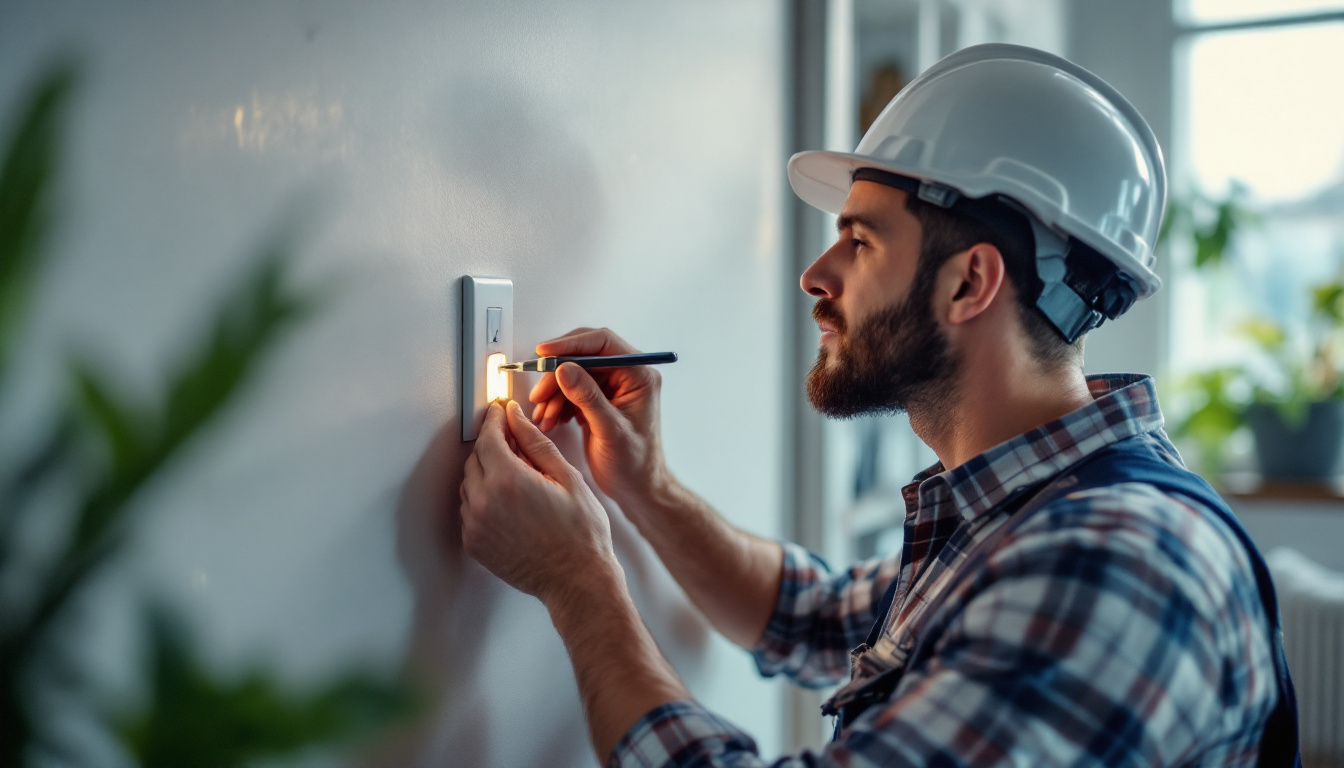

In the ever-evolving world of lighting technology, understanding the nuances of different lighting types is essential for contractors and professionals alike. One such innovative technology that has gained significant attention is UVC lighting. This article delves into the intricacies of UVC lighting, its applications, benefits, and considerations for lighting contractors.
UVC lighting, or ultraviolet C lighting, is a type of ultraviolet light that falls within the wavelength range of 100 to 280 nanometers. Unlike its counterparts, UVA and UVB, UVC is primarily known for its germicidal properties, making it a popular choice in disinfection and sterilization applications.
The technology behind UVC lighting has been harnessed for various uses, from water purification systems to air sanitization. As a contractor, understanding the science of UVC can enhance the services offered to clients, particularly in environments where hygiene and safety are paramount. With the increasing emphasis on cleanliness in public spaces, knowledge of UVC technology can set contractors apart in a competitive market, allowing them to provide cutting-edge solutions that meet modern health standards.
UVC light operates by disrupting the DNA and RNA of microorganisms, rendering them incapable of reproduction and effectively killing them. This mechanism is what makes UVC lighting particularly effective against bacteria, viruses, and other pathogens. Research has shown that UVC light can deactivate a wide range of harmful microorganisms, including the notorious MRSA and even the coronavirus responsible for COVID-19, making it a critical tool in infection control.
It’s important to note that UVC does not penetrate the skin or the outer layer of human cells, making it safe for use in occupied spaces when applied correctly. This unique property allows for its integration into various settings, including hospitals, schools, and commercial facilities. Furthermore, ongoing advancements in UVC technology, such as the development of far-UVC light, promise even safer applications, as this specific wavelength has been shown to be less harmful to human skin and eyes while still effectively targeting pathogens.
The versatility of UVC lighting has led to its adoption in multiple sectors. In healthcare, UVC lamps are utilized to disinfect surgical rooms and equipment, significantly reducing the risk of hospital-acquired infections. Similarly, in the food industry, UVC is employed for surface disinfection, ensuring food safety and compliance with health regulations. The ability to quickly and effectively sanitize surfaces without the use of harsh chemicals is particularly appealing in environments where chemical residues could pose a risk to health.
Beyond these industries, UVC technology is increasingly being integrated into HVAC systems to improve indoor air quality. By installing UVC lamps within air ducts, contractors can help eliminate airborne pathogens, creating a healthier environment for occupants. Additionally, UVC lighting is being explored in public transportation systems, where it can be used to disinfect high-touch surfaces and improve passenger safety. As awareness of the importance of air quality and sanitation continues to grow, the demand for UVC solutions is likely to expand, presenting new opportunities for contractors to innovate and adapt their services to meet these emerging needs.
UVC lighting offers numerous advantages that make it an attractive option for contractors and clients alike. Understanding these benefits can aid in making informed decisions about lighting solutions.
One of the most significant benefits of UVC lighting is its effectiveness in disinfection. Studies have shown that UVC light can reduce the presence of pathogens by over 99% when used correctly. This level of efficacy is crucial in settings where hygiene is critical, such as hospitals and food processing plants.
Moreover, UVC lighting can be used in conjunction with other cleaning methods, providing an additional layer of protection against pathogens. This synergy enhances overall sanitation efforts, ensuring a safer environment for everyone. In addition to its application in healthcare and food industries, UVC lighting is increasingly being utilized in public spaces, such as schools and transportation systems, where the risk of airborne diseases is heightened. This proactive approach not only safeguards public health but also instills confidence in the safety of these environments.
UVC lighting systems are generally more energy-efficient compared to traditional disinfection methods. For instance, using UVC lamps for air purification can reduce the need for extensive chemical cleaning processes, leading to lower operational costs.
Additionally, UVC lamps have a longer lifespan than many conventional lighting options, which translates to reduced maintenance and replacement costs over time. This aspect can be a significant selling point for contractors looking to provide cost-effective solutions to clients. Furthermore, the integration of smart technology with UVC systems allows for optimized energy usage, enabling facilities to monitor and adjust lighting based on occupancy and specific needs. This not only conserves energy but also enhances the overall effectiveness of the disinfection process.
As sustainability becomes a priority for many businesses, UVC lighting presents an eco-friendly alternative to chemical disinfectants. UVC systems do not produce harmful byproducts, making them safer for the environment and reducing the carbon footprint associated with traditional cleaning methods.
By promoting UVC lighting, contractors can align with the growing demand for sustainable practices, appealing to environmentally conscious clients and enhancing their marketability. Additionally, the use of UVC lighting can contribute to LEED certifications for buildings, as it supports various green building initiatives. This not only boosts the reputation of businesses that adopt such technologies but also encourages a broader shift towards sustainable practices across industries, fostering a healthier planet for future generations.
While UVC lighting presents numerous benefits, there are essential considerations to keep in mind when implementing this technology. Proper knowledge and planning can ensure successful integration into various environments.
Safety is paramount when working with UVC lighting. Although UVC light does not penetrate human skin, direct exposure can cause skin burns and eye injuries. Contractors must ensure that UVC systems are installed in a way that minimizes exposure to occupants.
Implementing safety features such as motion sensors or timers can help mitigate risks. Additionally, educating clients on the importance of UVC safety measures can foster trust and confidence in the technology. It is also advisable to use warning signage in areas where UVC lights are operational, alerting individuals to the potential dangers. Training staff and occupants about the proper protocols for entering and exiting UVC-lit spaces can significantly reduce the likelihood of accidental exposure.
Contractors must also be aware of the regulatory landscape surrounding UVC lighting. Different regions may have specific guidelines regarding the use of UVC for disinfection purposes. Familiarizing oneself with these regulations is crucial to ensure compliance and avoid potential legal issues.
Moreover, staying updated on industry standards and best practices can enhance the credibility of contractors and their services. This knowledge can also help in making informed recommendations to clients regarding UVC applications. Engaging with professional organizations or attending industry conferences can provide valuable insights into emerging regulations and technological advancements, ensuring that contractors remain at the forefront of UVC lighting implementation.
Proper installation and maintenance of UVC lighting systems are vital for optimal performance. Contractors should be well-versed in the specific installation requirements for different UVC applications, ensuring that the systems are positioned effectively to maximize their germicidal capabilities.
Regular maintenance checks are also essential to ensure that UVC lamps are functioning correctly. This includes monitoring lamp intensity and replacing bulbs as needed. Providing clients with a maintenance schedule can enhance the longevity of the systems and ensure continued effectiveness. Furthermore, educating clients about the signs of reduced efficacy, such as increased microbial counts in treated areas, can empower them to take proactive measures. By establishing a comprehensive maintenance plan that includes periodic assessments and timely replacements, contractors can help clients maintain a high standard of hygiene and safety in their environments.
The field of UVC lighting is continuously evolving, with ongoing research and technological advancements paving the way for new applications and improvements. Staying informed about these trends can help contractors remain competitive in the market.
Recent developments in UVC technology include the emergence of LED UVC lamps, which offer enhanced energy efficiency and longer lifespans compared to traditional mercury-based UVC lamps. These innovations not only improve performance but also reduce the environmental impact associated with UVC lighting.
Additionally, advancements in automation and smart technology are making it easier to integrate UVC lighting into existing systems. For instance, smart sensors can monitor air quality and activate UVC systems only when needed, further enhancing energy efficiency.
As public awareness of the importance of hygiene and sanitation continues to grow, the demand for UVC lighting solutions is likely to increase. This trend presents an opportunity for contractors to expand their service offerings and educate clients about the benefits of UVC technology.
Furthermore, as more industries recognize the value of UVC lighting for disinfection, contractors can position themselves as leaders in this niche market, attracting new clients and retaining existing ones.
UVC lighting represents a significant advancement in the field of disinfection and sanitation. Its effectiveness, energy efficiency, and environmental benefits make it an attractive option for contractors looking to enhance their service offerings. However, understanding the safety precautions, regulatory compliance, and maintenance requirements is crucial for successful implementation.
As the technology continues to evolve, staying informed about industry trends and innovations will enable contractors to remain competitive and provide cutting-edge solutions to clients. Embracing UVC lighting not only enhances the safety and well-being of occupants but also positions contractors as forward-thinking professionals in the lighting industry.
Ready to take your lighting services to the next level with UVC technology? At LumenWholesale, we specialize in providing contractors with the highest quality, spec-grade UVC lighting products at unbeatable wholesale prices. Say goodbye to inflated markups and hello to superior lighting solutions that meet the highest industry standards. With our hassle-free bulk buying options and free shipping, you can equip your projects with premium UVC lighting at the best value — all without hidden fees or compromises. Elevate your lighting game and ensure the safety and well-being of your clients with LumenWholesale. Wholesale Lighting at the Best Value.

Discover practical tips and expert advice for lighting contractors to seamlessly integrate hand driers into their projects.

Discover the essential insights every lighting contractor needs to know about fluorescent lights, from energy efficiency and installation tips to troubleshooting common issues.

Discover essential insights for lighting contractors on the intricacies of wall outlets.

Discover the insider secrets of lighting contractors with our comprehensive guide to industrial fixtures lighting.
Get notified when NEW deals are released.
Optimize your budget with wholesale discounts.
Only top-quality, specification-grade lighting products.
No additional costs at checkout - what you see is what you pay.
We understand the unique needs of contractors.